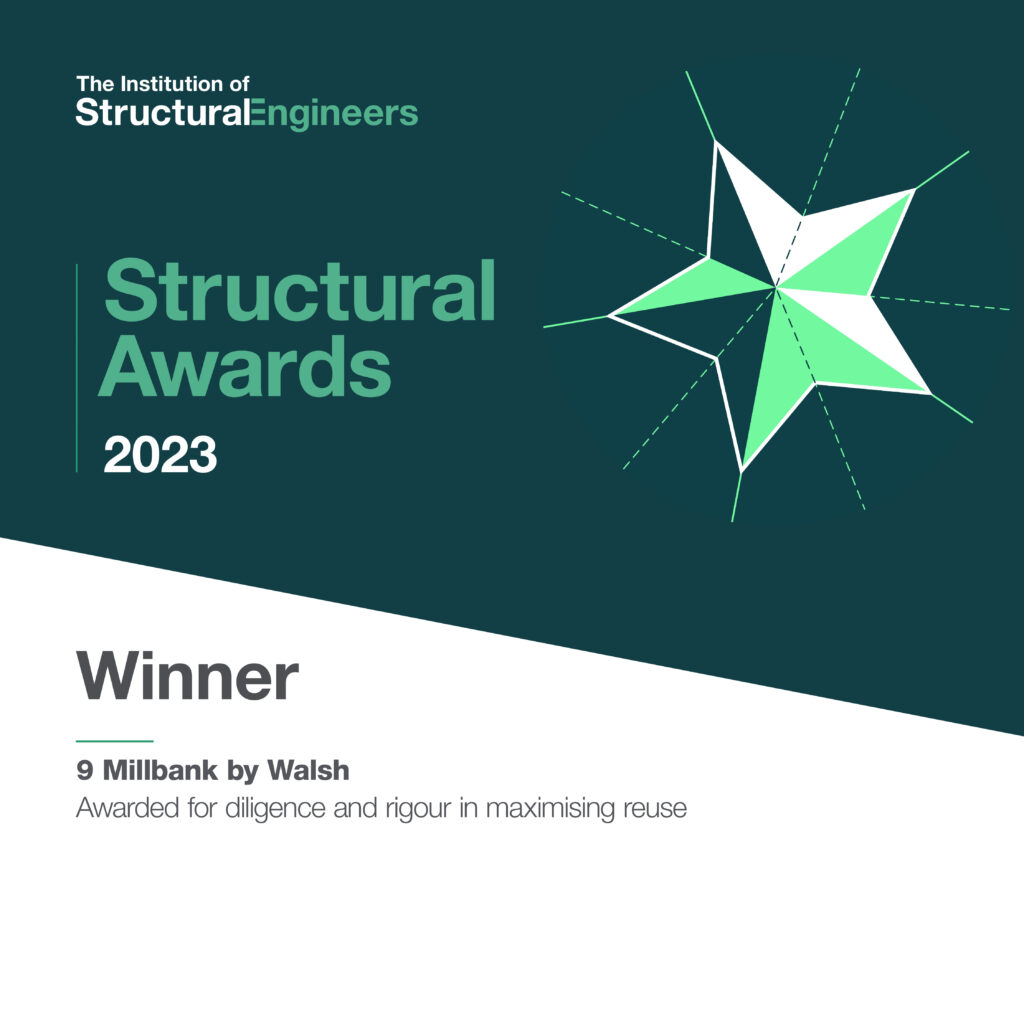
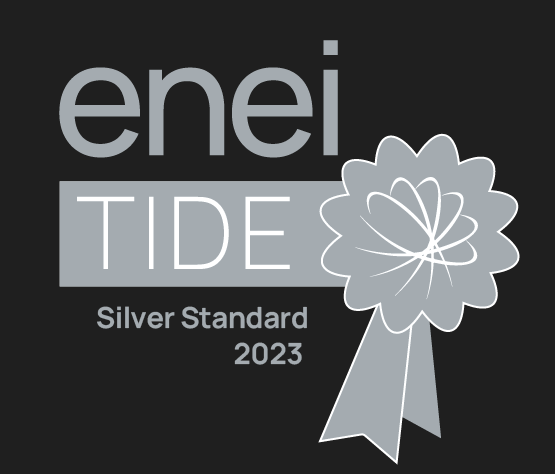
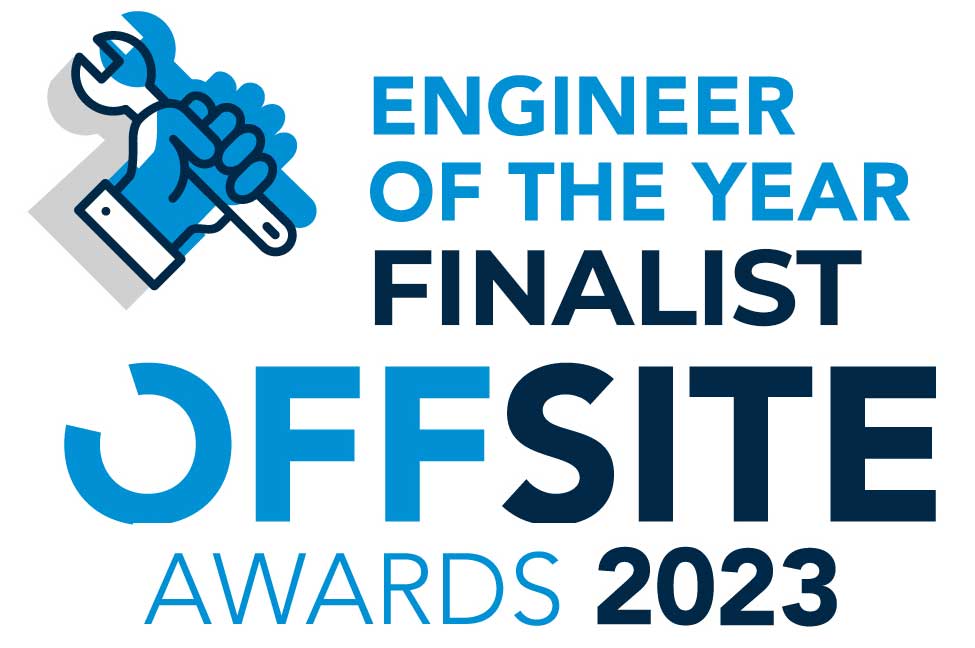
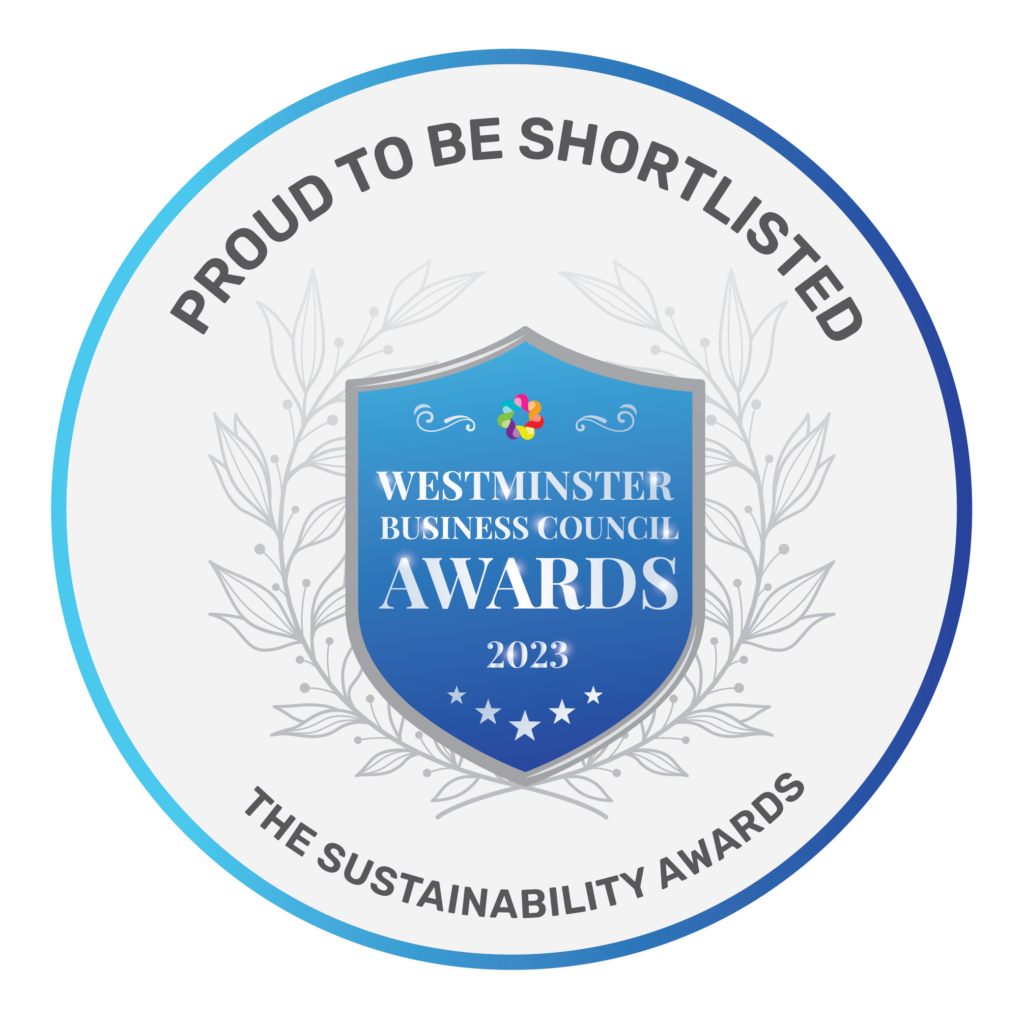
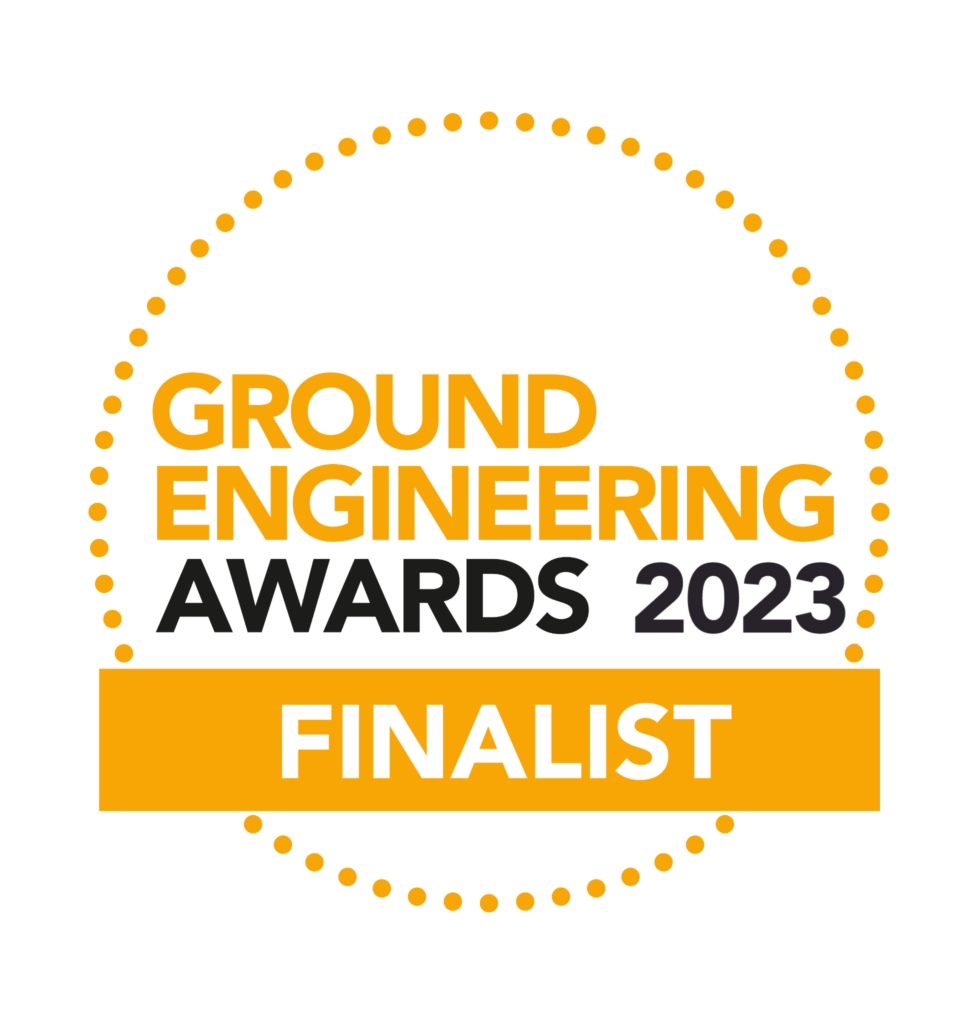
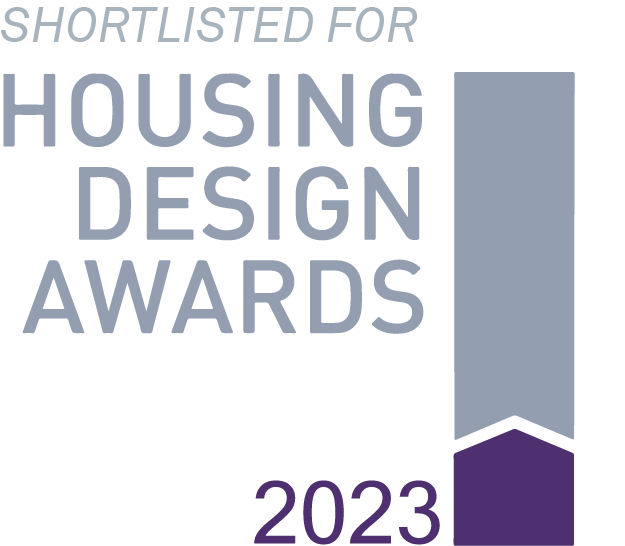

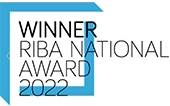
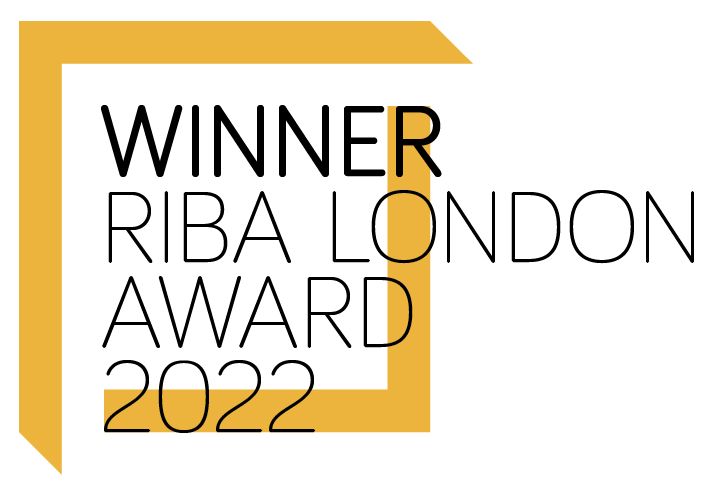
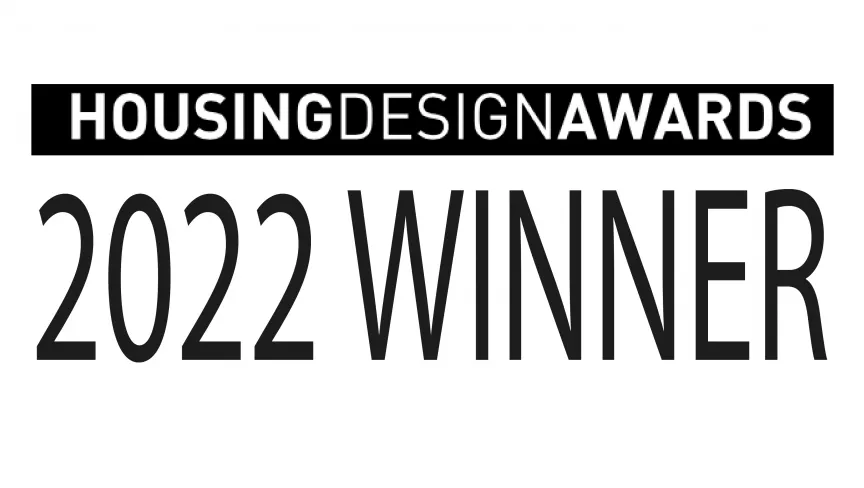

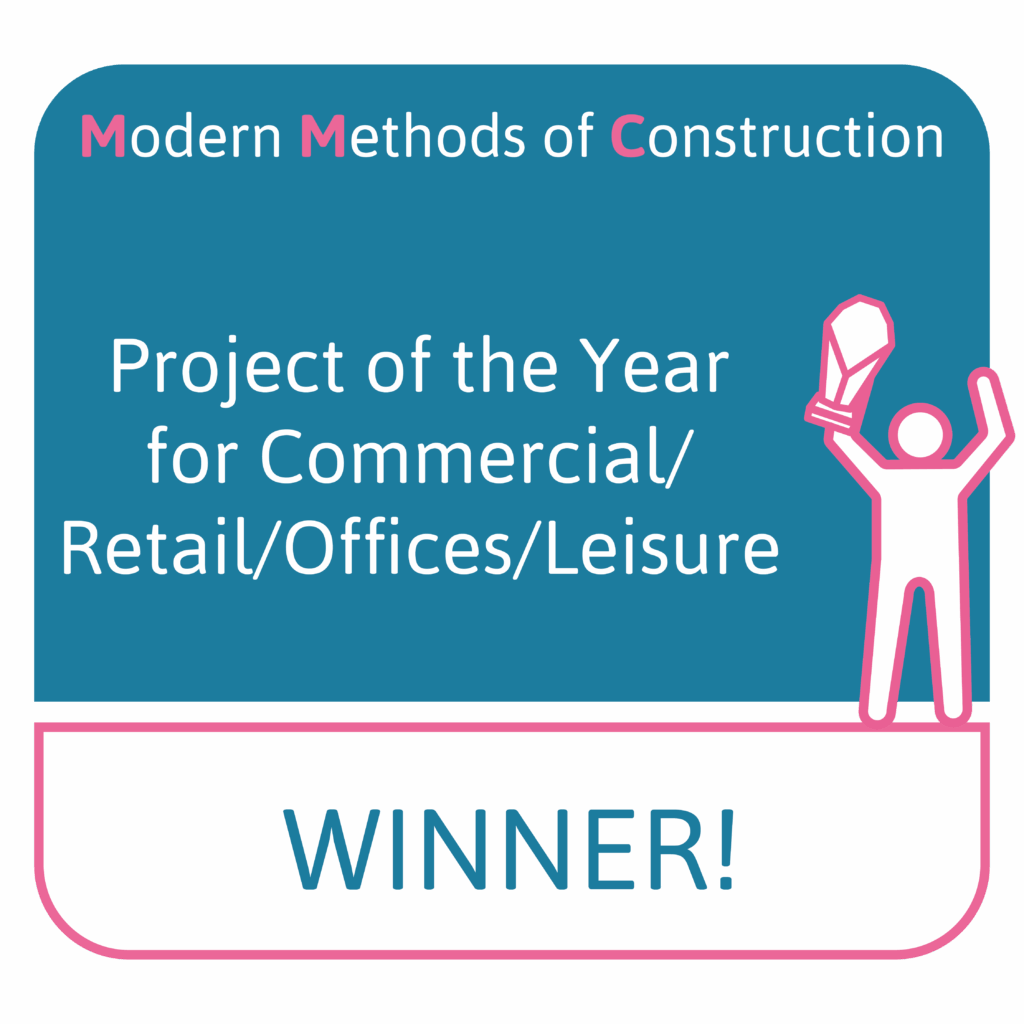

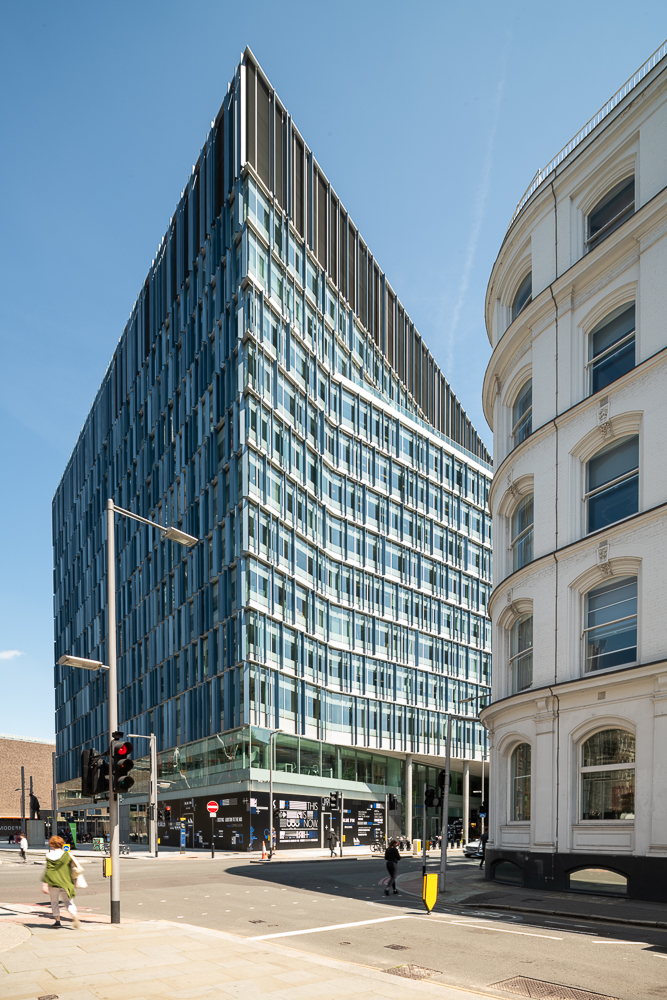
Cutting-edge design enables innovative construction [...]
Read More
Delivering complex mixed-use developments [...]
Read More
Delivering commercial viability on a complex historical [...]
Read More
Extra storeys and a remodel whilst nightclub remained operational on ground [...]
Read More
Remodelling a 1970s office building, retaining key structures and enhancing [...]
Read More
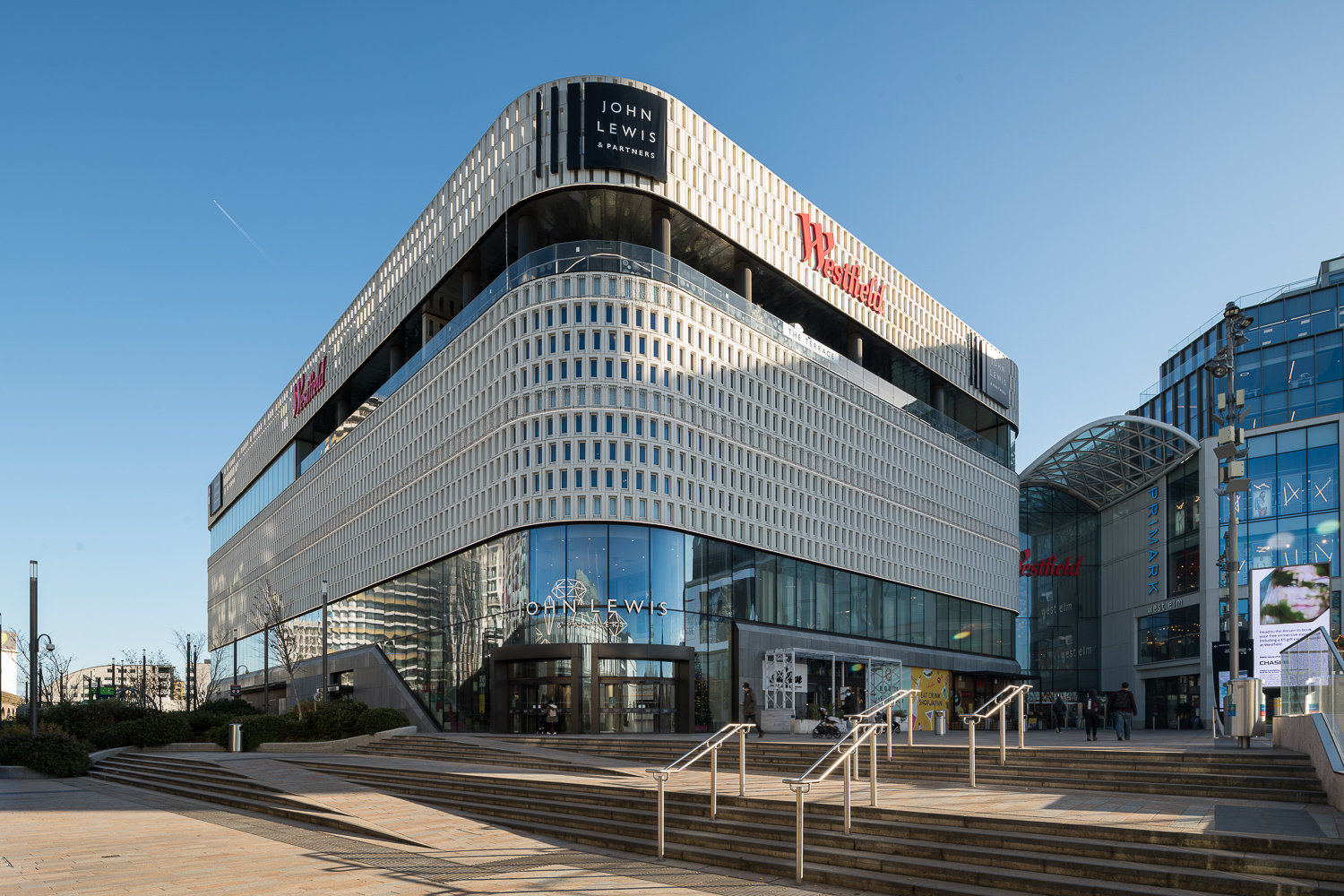
17 October 2024
We’ve partnered with Unibail-Rodamco-Westfield since 2014, on ambitious, large-scale projects across the office, retail, and residential sectors. Unibail-Rodamco-Westfield (URW) as [...]
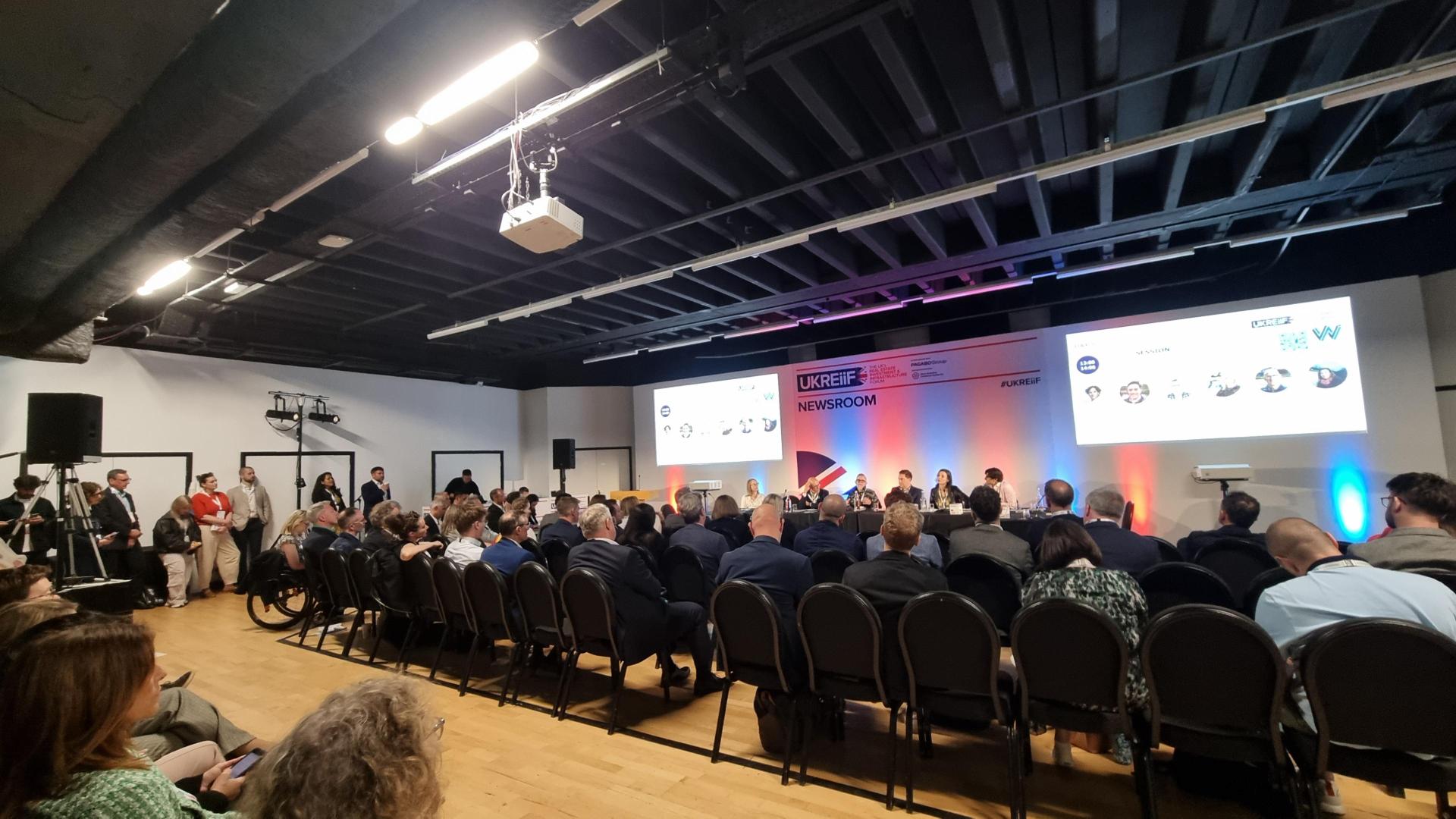
2 July 2024
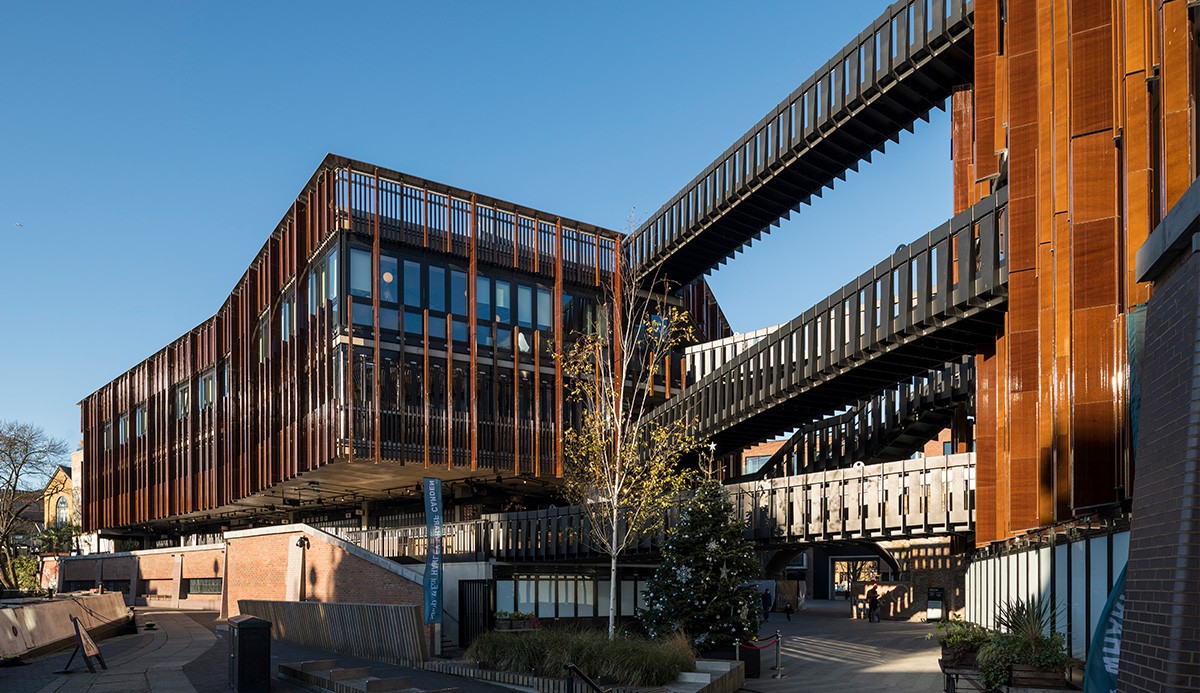
24 June 2022
Sustainability is in our DNA and we have our own ambitious goals to achieve Net Zero as a business and with our designs. With innovative in-house monitoring tools, Walsh clients have seen on average reductions of 10-20% total embodied carbon, with some of our flagship work achieving 60-70% reductions compared with baseline figures.